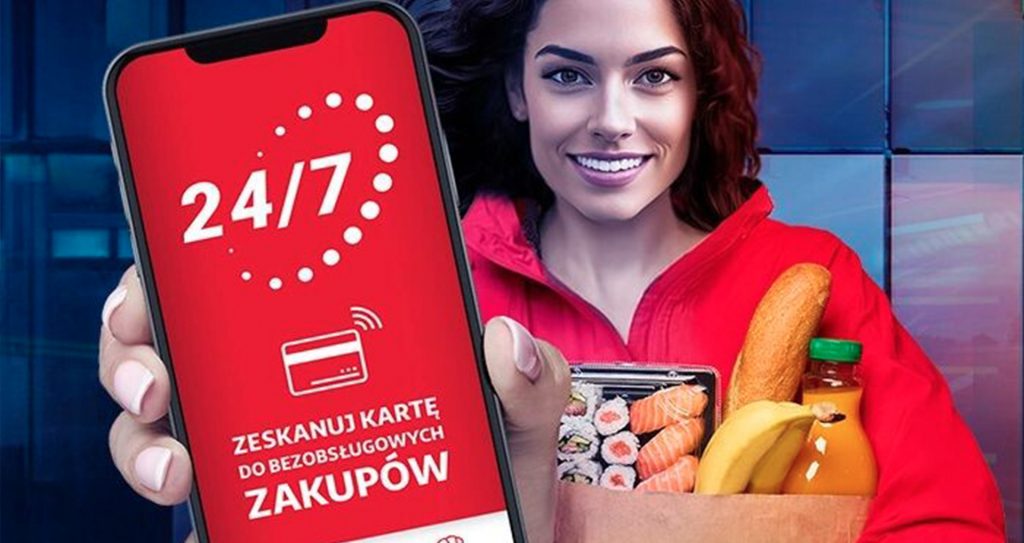Digitizing Big Retail: the Challenges and Opportunities of Big Store Automation
Store automation is fast becoming the new reality of physical retail. Grocery retailers, especially, are eyeing autonomous store technologies and making significant investments to unlock value, prepare for emerging retail challenges and one-up their competitors. In the race to future-proof their stores and operations, many retailers find that now is the time to make strategic decisions and get their infrastructure in order.
When it comes to the retail automation race, all stores are decidedly unequal. Retailers whose business relies on small format stores (convenience and nano stores, for example) find the transition to fully automated stores much simpler than operators of large format stores, such as supermarkets and hypermarkets.
Here’s why, in a nutshell: The efficacy and accuracy of most retail store automation technologies are impacted by factors such as store size and layout, number and variety of products, and number of shoppers journeying through the store at a given time. Digitization is especially challenging in grocery stores that feature a wide range of products, often with different and changing price points (reduce-to-clear, for example). Grocery stores also stock items sold by unit or by weight, specialty items such as coffee, baked goods, and deli products. Finally, traditional grocery stores have elevated product positioning to an art and a science, which does not always align smoothly with the specifications of certain automated systems that could place limitations on product locations. Computer vision-based solutions, designed to deliver a truly seamless shopping and checkout experience, are particularly strained by these factors, meaning that most vendors find accuracy and speed of performance more attainable in smaller stores.
To read more about the race to achieve real-time accuracy, click here.
Digitizing big stores: is it worth the trouble?
Big-format stores can gain significant value from automation. Beyond the immediate competitive value and the tangible boost to customer experience, the complicated nature of operating a large format store, and the continuous challenge of optimizing margins, mean that the operational efficiencies and cost-cutting delivered by automation will have a compounding effect.
Let’s take a look at some of the top value propositions of store automation.
- Labor cost reallocation: Checkout-related labor costs make up about a third of grocery retailers’ total labor costs, and the current labor economy is only hiking labor investment. The value of reallocating checkout labor and investment into value-adding jobs and better in-store experiences should be immediately clear to retailers operating stores of all sizes. Large stores require more checkout labor to keep lines under control, and therefore have more to gain from automation. Assuming that your automated hybrid store now requires one checkout employee per shift, a small store might see a reduction of one or two manned roles per shift, while a large store could go from four or more checkout employees to one. To read more about the value and impact of reallocating store labor, click here.
- Salvaged “real estate”: Grocery in-store real-estate is exhausted to a maximum. Checkout counters and lines take up store space, especially in large format stores, where bigger tills and more queuing space are needed. An average supermarket manned till “costs” a retailer approximately 5-12 sqm of its real estate. When checkout is done seamlessly, as with Trigo’s computer vision-powered solution, it frees up space that could be leveraged for value-adding functionalities, from additional product ranges to experiential functions like in-store dining areas. How many tills does your large format store have, and what could you do with this space?
- Shrink reduction: Shrink is on the rise, estimated to cost U.S. retailers $100 billion annually, according to the National Retail Federation (NRF). This trend is exacerbated by a tumultuous economy and rising food costs. But shrink is also getting backwind from certain automation measures, such as self-scanning and self-checkout technologies. Shrink is a more significant problem for operators of large format stores, where sheer size and labyrinthine nature of the space make it challenging to keep shoplifting under control. Computer vision-powered store automation technology reduces shrink significantly. It provides retailers a newfound level of visibility, control, and insight that other automation solutions don’t. What is your annual shrink loss estimation?
- Sales uplift: Seamless checkout stores have been shown to lift sales in a number of ways, from increased visit frequency, to fewer out-of-stock incidents, better-targeted event-based promotions, more optimal usage of store space, and labor cost reduction that could be rolled into more competitive pricing and better in-store service. For supermarkets and hypermarkets, where each additional store visit means a significantly bigger cart than that of the average convenience store, the value added is amplified.
- Sales activity optimization: Automated stores can support more shoppers, and more deals per minute, simply by eliminating the time it takes employees to scan and bag each item. In traditional stores, the larger the store, the larger the average cart, and the more time each shopper waits, on average, to checkout. Computer vision automation technology means checking out 3 items takes as long as checking out 30 items: both are done seamlessly, in real-time. Similarly, checking out 30 shoppers takes the same time as three: both are no time at all. Self-checkout and scan-and-go do not provide the same value, as they merely transfer the responsibility of scanning each item from the cashier to the shopper.
- Data-driven operations: Frictionless checkout solutions powered by computer vision AI provide retailers with rich data that enable data-driven operation across all channels. The value is vast, from more accurate predictive stock management and real-time inventory tracking to eliminate out-of-stock, to store layout optimization and product selection powered by shopper journeys data, to proximity marketing and CLV-enhancing loyalty programs. This is especially critical to large format stores, which tend to face harsher competition over shopper loyalty. Plus, the bigger the store, and the more complex its operation, the more value can be unlocked by transitioning to a data-first operating system. Retailers operating multiple stores can see aggregated value by implementing lessons such as better planograms, promotions, and product choices across multiple units.
Trigo’s big store expertise
Trigo is the only cashierless checkout solution provider to focus primarily on retrofitting large format stores. Our solution, EasyOut™, lets shoppers walk into the store, pick up their items, and walk out without queuing at the checkout.
We apply proprietary computer vision algorithms to ceiling-mounted cameras and shelf sensors that create a 3D image of a store. This digital environment automatically learns and processes data on shoppers’ movements and product choices in real-time. Our solution is extremely accurate and built for crowded environments, with no limitations on the number of people shopping simultaneously, products, or spacing.
Want to learn more about automating large stores? Book a quick call with me.











